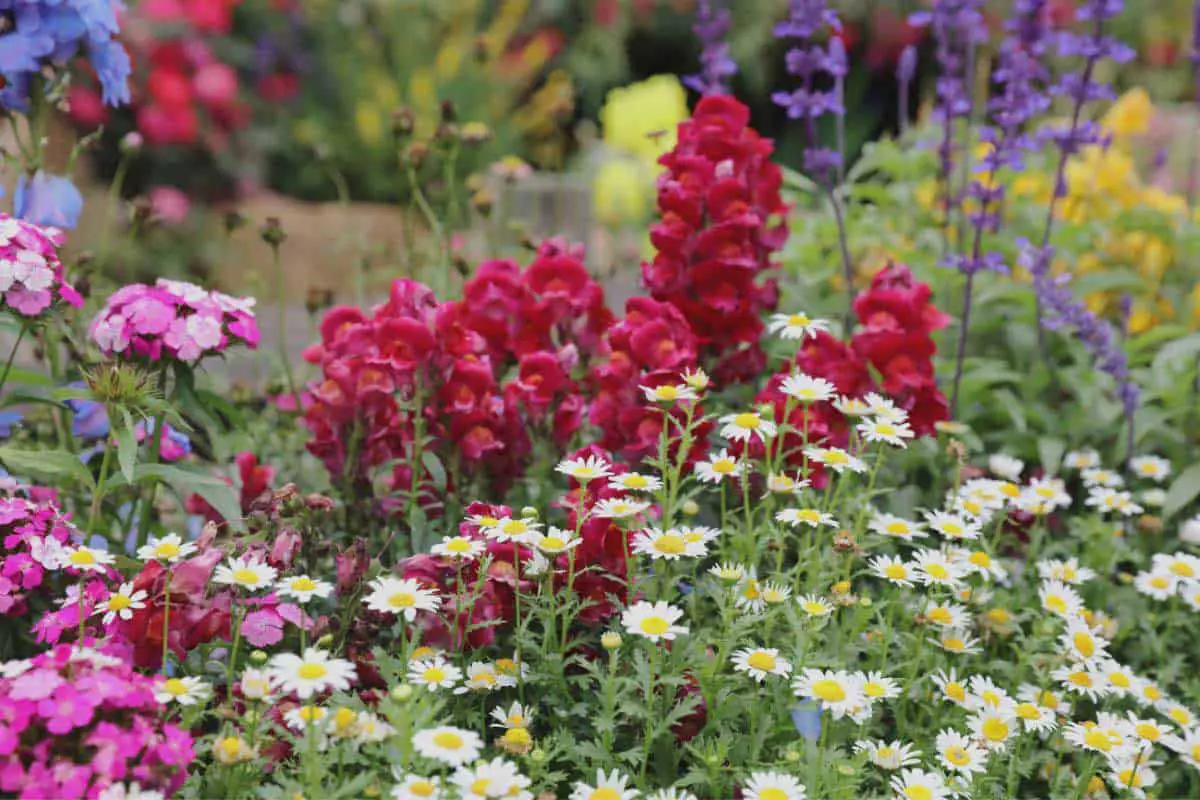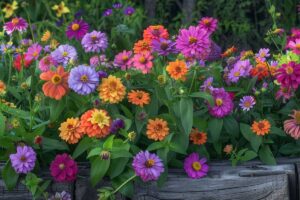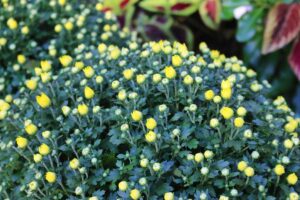This page may contain affiliate links. If you click and buy, we might get a small commission at no cost to you.
Planting perennials at the right time is crucial for their successful growth and blooming. In the United States, the USDA Hardiness Zones guide gardeners in determining the best planting times based on regional climate conditions.
This article will provide a clear guide on when to plant perennials in different climate zones across the US, ensuring your garden thrives year-round.
Estimated Planting Times by Climate Zone & State
Zone 1-3: Late May to early June
Alaska
Zone 4-6: Late April to early May
Maine, New Hampshire, Vermont, Massachusetts, Rhode Island, Connecticut, New York, New Jersey, Pennsylvania, Ohio, Indiana, Illinois, Michigan, Wisconsin, Minnesota, Iowa, Missouri, North Dakota, South Dakota, Nebraska, Kansas, Montana, Wyoming, Colorado, Utah, Idaho, Washington, Oregon, northern California, West Virginia, Kentucky
Zone 7-9: Late March to early April
Delaware, Maryland, Virginia, North Carolina, South Carolina, Georgia, Alabama, Mississippi, Arkansas, Tennessee, Oklahoma, Texas (northern and central parts), New Mexico, Arizona, California (central parts), Nevada, southern Missouri, southern Utah
Zone 10-13: Late February to early March
Florida, Texas (southern parts), Louisiana, Hawaii, southern California, southern Arizona, southernmost parts of Nevada and New Mexico
Planting Guide by Climate Zone
Zone 1-3 (Very Cold Climates)
This zone includes states such as Alaska and the northern parts of Minnesota, North Dakota, and Montana. These regions experience extremely cold winters with short growing seasons.
The best time to plant perennials in these areas is from late May to early June. Suitable perennials for these zones include Siberian Iris, Daylily, and Peony. To ensure successful planting, start seeds indoors, harden off plants before transplanting, and use mulch to retain soil warmth.
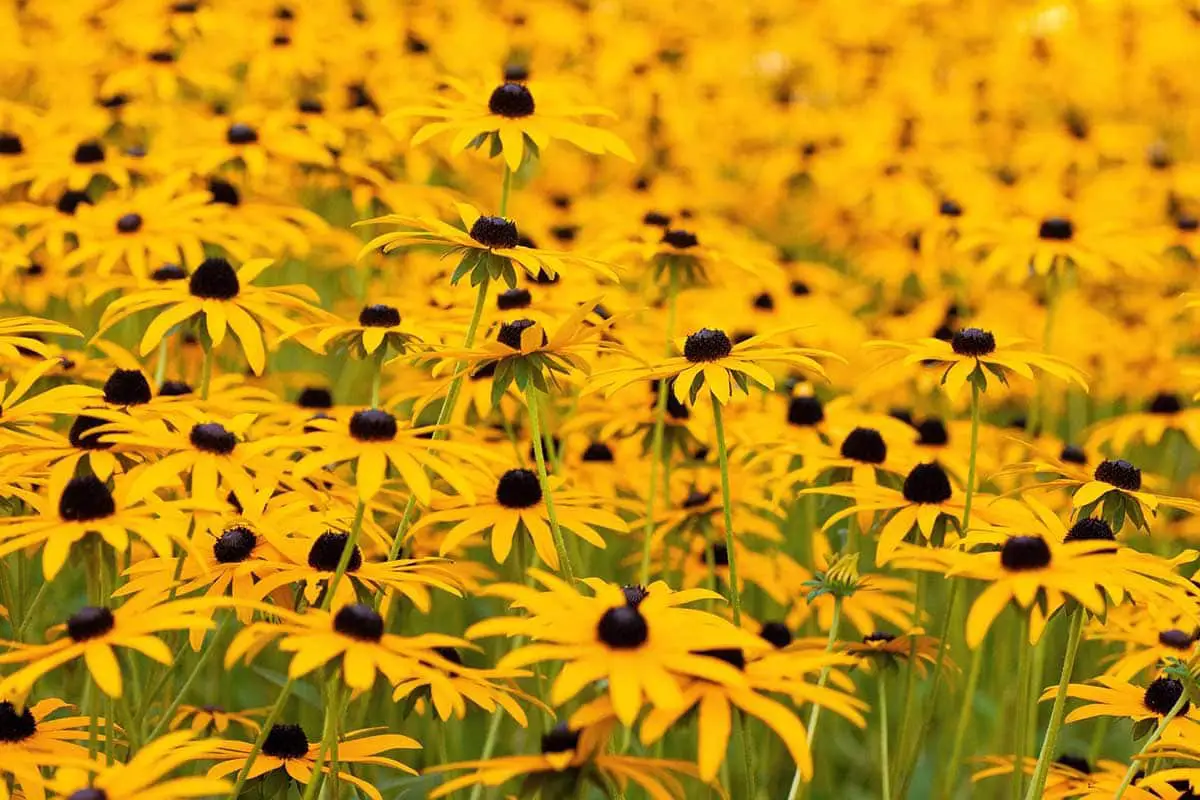
Zone 4-6 (Cold Climates)
States north of Tennessee, including northern Illinois, Indiana, Ohio, Pennsylvania, and most of New England, fall into this zone. These areas have cold winters with moderate growing seasons. The optimal time to plant perennials here is from late April to early May.
Recommended perennials for these zones are Hostas, Coneflowers, and Black-eyed Susans. It’s important to ensure well-drained soil, provide winter protection for young plants, and consider using raised beds to improve drainage.
Zone 7-9 (Mild Climates)
This zone includes states like Tennessee, North Carolina, Arkansas, and parts of Texas and California. These regions experience mild winters with long growing seasons.
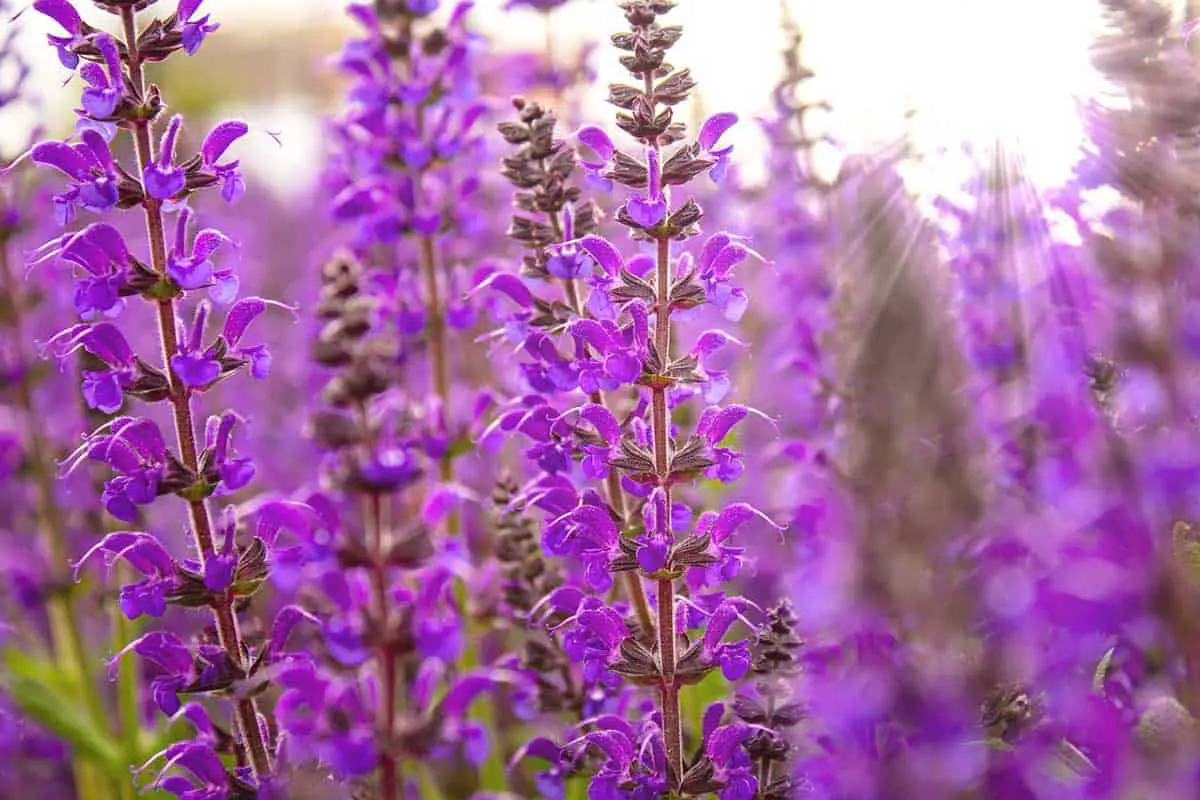
The best time to plant perennials in these areas is from late March to early April. Suitable perennials include Lavender, Salvia, and Coreopsis. For successful planting, water thoroughly after planting, mulch to conserve moisture, and protect plants from late frosts if necessary.
Zone 10-13 (Warm Climates)
Southern parts of Florida, southern Texas, and coastal California are part of this zone. These regions have warm to hot winters with very long growing seasons. The optimal planting time is from late February to early March.
Recommended perennials for these zones are Hibiscus, Bougainvillea, and Lantana. To ensure successful planting, provide adequate water during dry periods, use shade cloths for young plants, and consider planting heat-tolerant varieties.

What if I Miss the Planting Window for Perennials?
If you miss the planting window, there can be consequences such as reduced growth or delayed blooming. For late planting, consider using transplants, providing extra care and protection, and adjusting watering schedules to accommodate the plants’ needs.
How Do I Protect Young Plants from Unexpected Frosts?
To protect young plants from unexpected frosts, you can cover them with blankets or frost cloths, use mulch to retain soil warmth, and move potted plants indoors if possible.
Can I Plant Perennials in Containers?
Planting perennials in containers is a viable option, offering benefits such as mobility and control over soil conditions. Ensure you choose the right size pot, provide proper drainage, and select perennial varieties that are well-suited for container gardening.
How Do I Choose the Right Perennials for My Climate Zone?
When selecting perennials, consider factors such as soil type, sun exposure, and water needs. Local nurseries, extension services, and gardening websites can provide valuable resources for finding suitable plants for your specific climate zone.
Understanding and following the recommended planting times for your climate zone will help ensure a thriving perennial garden. By considering the unique climate characteristics of each zone and selecting the appropriate perennials, you can enjoy a beautiful and successful garden year-round.
A few wildflowers and perennials you can buy:
